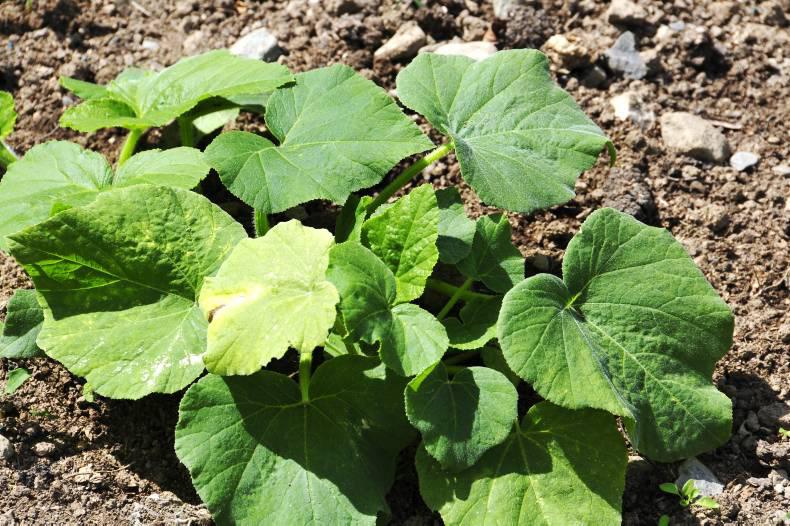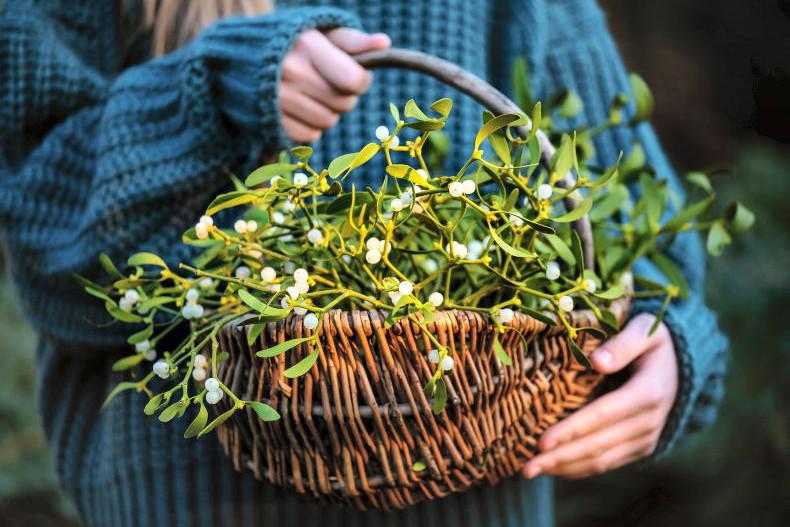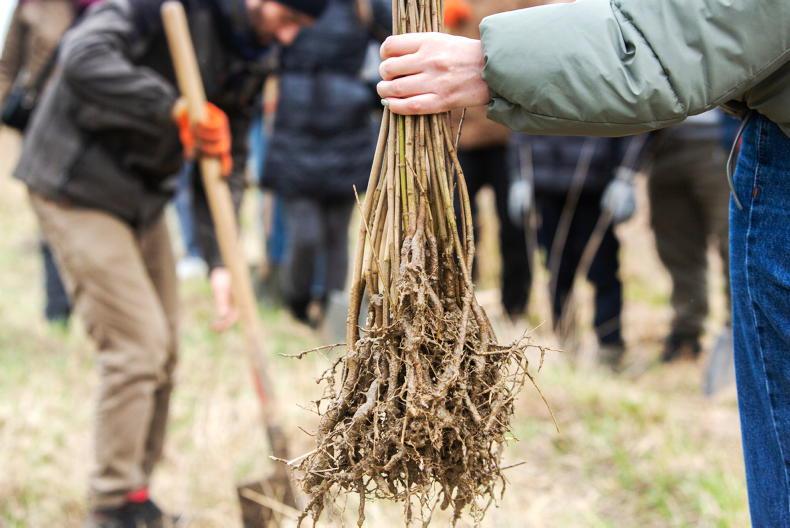The canna lily offers such an exotic touch, because it is originally from the tropics of Asia and America. It looks a bit like a maize plant, or even a banana plant, and is something in between. The plant can reach to more than a metre in height, with thick stems carrying broad leaves and large lily-like flowers at the top. Some varieties are as tall as 1.8m, with leaves to 50cm and 25cm wide. But may be smaller. Some kinds have striped leaves with alternating yellow and green, some are red-tinged and others brown or flushed wine-purple.
The plant could be grown just for its most handsome, lush, foliage, but the flowers are also spectacular – with open, flared trumpets like lilies or gladioli – in striking red, orange or yellow when they flower in late summer and autumn.
The colours have a vividness that can also be seen in dahlias, and it is no coincidence that both species come from Central America. The plants can be slow to flower in some years due to a dull or chilly summer, or if they were given a late start in spring, but they still usually manage to flower.
The President is a large variety with intense-red flowers. Assaut also has vivid rich-red flowers. Lucifer is free-flowering and early flowering, bright red with a yellow margin. Pretoria and Striata have striped leaves. Durban has brown leaves and striped-orange flowers. Phasion is similar, with deep-orange flowers. Wyoming has brown leaves and lively orange flowers. Rosemond Coles has deep orange-red flowers, with a narrow picotee edge.
Canna lily is sold in spring as a thick, stubby root known as a rhizome – an underground stem from which the growing shoots arise. Because the plant is quite large when fully grown and needs as much time as possible to grow to flowering size, it is best to start the rhizomes into growth as early as possible in the year.
Happily, the rhizomes are easy to start into growth. They are simply planted very close to the surface in a pot of compost mixed with some good soil and sand, and given a light watering, just enough to dampen the compost, but not enough to make it wet. If the compost is too wet, it tends to be cold and growth is delayed. Even worse, wet compost can cause the roots to rot, especially if started in early spring.
Wet compost also encourages mushroom flies which feed on the rhizome. Canna rhizomes can be started off in a greenhouse and covered with an old blanket on a very cold night, or better still, in a warm conservatory or a window-sill indoors or on a porch.
The size of pot used does not matter much, but a three-litre pot is a good size as it will be possible to grow the plant more vigorously once it sprouts.
When the sprouts are actively growing and about 10cm long, watering is increased gradually, but sparingly, to encourage active growth, and liquid feeding can begin.
Being a tender tropical plant, canna can only be planted out in the garden after the danger of frost has passed, about mid-May in the south and near the coast, about two weeks later in the cooler northern and inland areas. By then, the plants should be 30cm or 40cm tall and will grow away strongly in the open ground or in large pots. In mild gardens, the roots can be risked in the soil overwinter, covered with some extra soil, but in cold areas they must be lifted and stored in a frost-free shed.
Courgettes slow
Courgettes, and the related pumpkins and squash, need a good deal of warm weather to make good growth. The dry spell and a lot of relatively chilly wind from the north and northwest has left them growing slowly. It is not unusual for the plants to take a couple of weeks to settle when planted out in early June, but it has taken longer than average this year.
However, a run of warm days can make a huge difference. These plants are phenomenal growers when they get going. To give them a little boost, liquid feed a couple of times, about a week apart, watering first and feeding the next day.
Flowers
Continue watering and feeding flowers in containers – they should be approaching their peak now. Tackle weeds in flower borders. Weeds often survive in the middle of a clump of some plant or other. Pull these out now before they shed seeds and cause further weed problems.
Trees, shrubs & roses
Once-flowering rambler roses should be pruned after flowering, removing the shoots that have just flowered and allowing new shoots to take their place for next year. If young trees are struggling, they should get a good, heavy soaking. It is time to clip hedges before the wood gets tough.
Fruit, veg & herbs
There have been some blight warnings. The early varieties will generally be used up before the disease harms the tubers. Remove vegetables that have gone over. Make some late sowings of lettuce and radishes. Sweetcorn is growing well after a slow start. Water vegetables if necessary.
Lawns
Lawns have been recovering after recent rain in most parts as they had slowed right down due to low rainfall for some weeks. Wild flower lawns have been looking very good, with blue-purple self-heal, white clover and yellow birds foot trefoil now in flower. Keep the grass cut and the edges neat.
Greenhouse Watch for greenfly build-up, the dull weather suits them and they feed strongly in warm conditions. Continue watering and feeding greenhouse plants. Be especially careful to water plants in pots or grow-bags regularly as these can easily dry out. Train and side-shoot tomatoes and cucumbers.











SHARING OPTIONS